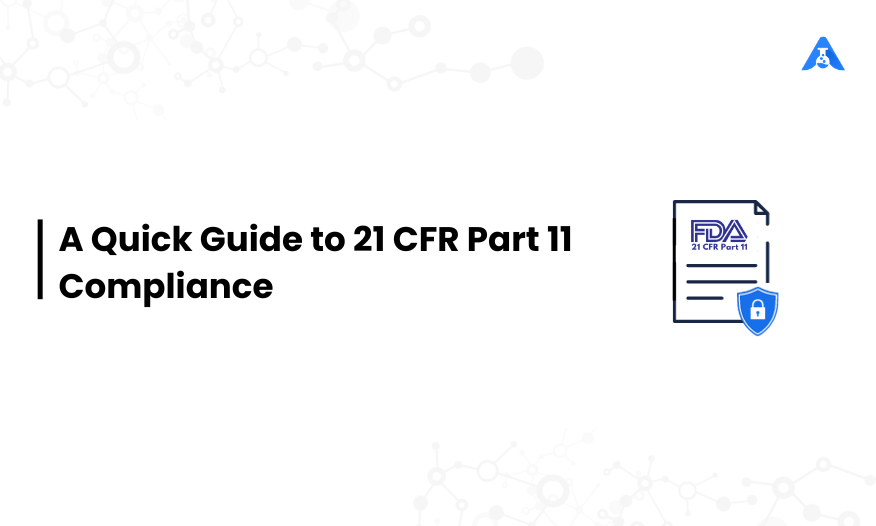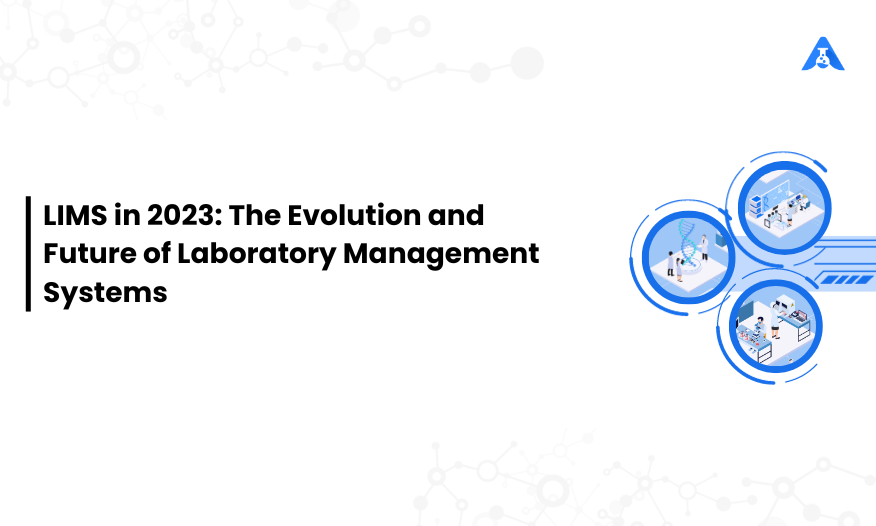As with most digital management regulations, 21 CFR (Code of Federal Regulations) issued by United States Food and Drug Administration (FDA) can seem complicated if the regulatory organizations are not well versed with their systems and procedures.
Let us decode the key takeaways of Part 11 into a Quick Guide to 21 CFR Part 11.
What is the meaning of 21 CFR Part 11?
In the title, 21 CFR denotes the 21st section of CFR that deals with food and drugs or pharmaceuticals and medical devices. CFR stands for Code of Federal Regulations, which refers to a coded set of laws issued by the federal government of the United States that pertain to using electronic records (information, text, images, data that are managed through computers) and electronic signatures (digital symbol within a computer system). Part 11 stands for these guidelines being applicable to electronic records and electronic signatures.
Part 11 applies to companies involved in researching, manufacturing, distributing pharmaceuticals, medical devices, vaccines, biological products, blood, tissue and other medical products in the US. It must be noted that keeping electronic records and electronic signatures are not mandatory, but if used, these must be in compliance with 21 CFR Part 11.
Why do we need 21 CFR Part 11?
With the introduction of Part 11, the FDA has helped the Life Science industry and other FDA regulated communities to reorganize business processes and ease turnaround time and costs. This is due to standard criteria in place for the use of digital records and signatures. If it were not for these regulations, it would be impossible to manage records and other content electronically. This would increase risk of manual errors, thereby increasing operational costs and the time to market pharmaceutical products.
Requirements of 21 CFR Part 11
These are the primary areas in which FDA-regulated organizations must look at to achieve compliance with 21 CFR Part 11.
- It needs to be determined whether 21 CFR Part 11 applies to the business. Even if there is a paper-based system, chances are, the organization will have to validate the records so that the scanned version matches the paper version.
- Computer systems need to be validated during its implementation.. Risk analysis needs to be performed to determine if validation will affect your products’ safety and/or quality and integrity of records.
- Detailed, user-independent, time-stamped audit trails need to be maintained so that there are no incorrect records.
- Records need to be maintained in sharable, easily-readable file formats like PDF, XML
- Secure retention and instant retrieval of records need to be ensured
- System and data security, data integrity and confidentiality need to be ensured
- Secure electronic signatures for open and closed systems must be used
- Proper device and operational checks must be used
Complying with 21 CFR Part 11 does not need to be a tedious task if security and integrity of organization’s records are ensured and maintained.
21 CFR Part 11 and software systems used for compliance
Laboratory Information Management System (LIMS) and Scientific Data Management System (SDMS) softwares have to be designed to help customers comply with 21 CFR Part 11. The system design, development and implementation of computer softwares in any regulated environment must enforce steps and events in a sequential workflow process, ensuring accurate & efficient audit trails & compliance.
A few of the audit trail functionalities that must be incorporated in any LIMS and SDMS systems are as follows:
- Audit trail modules/features must be designed, developed and implemented to automatically capture and identify data & configuration changes that include user ID, date/time, reason for change, original value and new value.
- Audit trails must capture & identify data changes made in temporary memory prior to saving (i.e.Dynamic Auditing)
- Audit trails must automatically log system failures and errors.
- All records – including audit trails – are available for reporting; for example, using the built-in Reports.
- For critical manually-entered data, it must be checked against defined specifications. It must be followed by a secondary review & verification to further verify the data.
- All electronic signatures must enforce unique username/password combinations or biometrics along with comments/remarks, and must be permanently linked to the record.
For any remediation needs in reference to compliance requirements ofUS FDA 21 CFR Part 11 or any other applicable regulations, visit Agaram Technologies to get to know more about Logilab SDMS, CFR Gateway, Logilab ELN and Qualis LIMS





